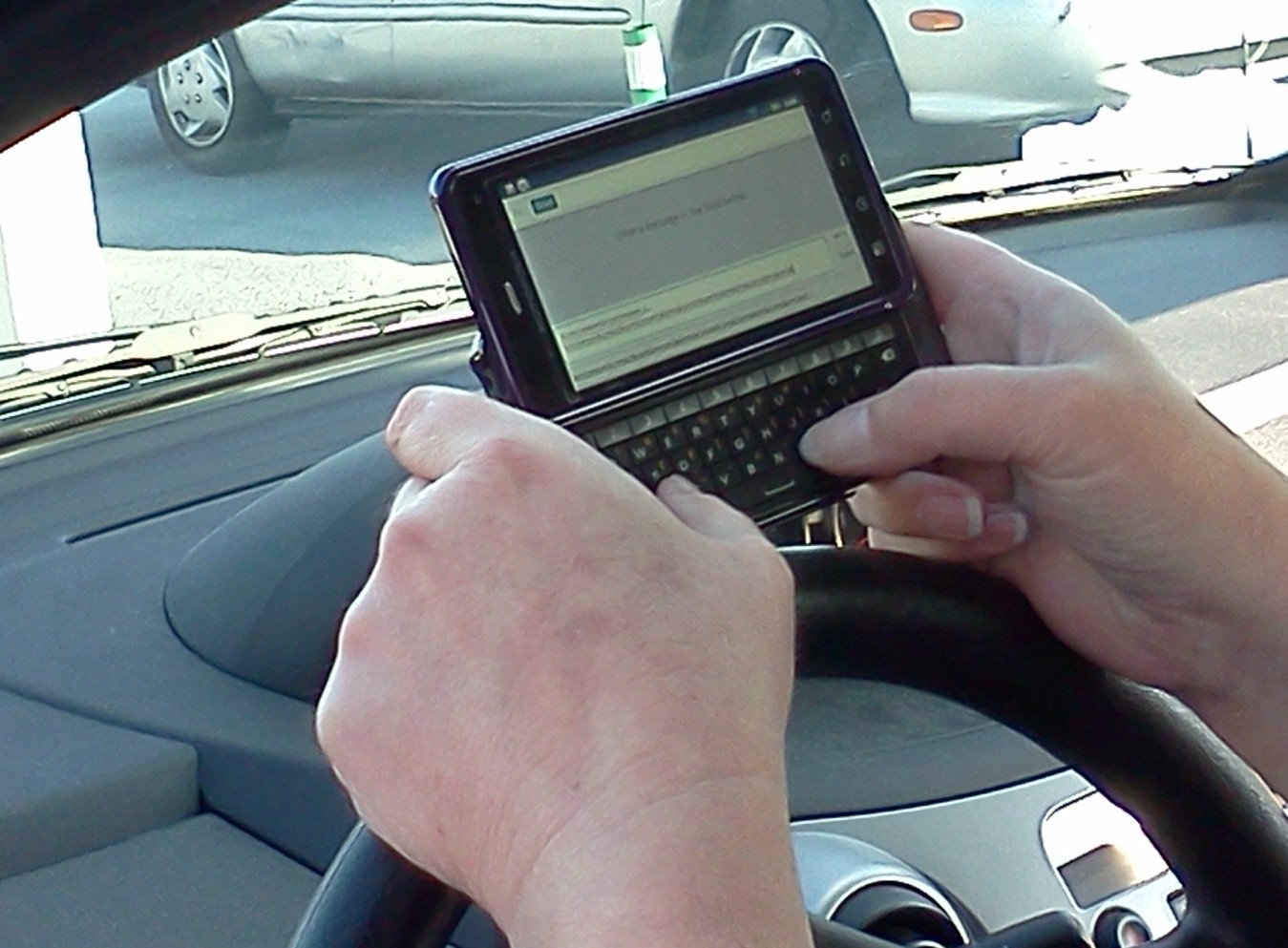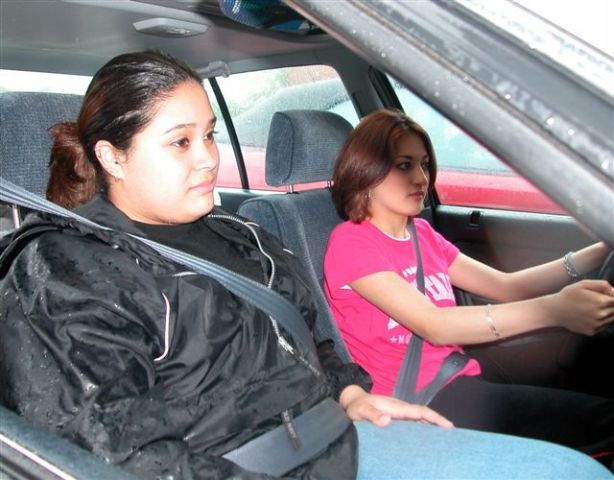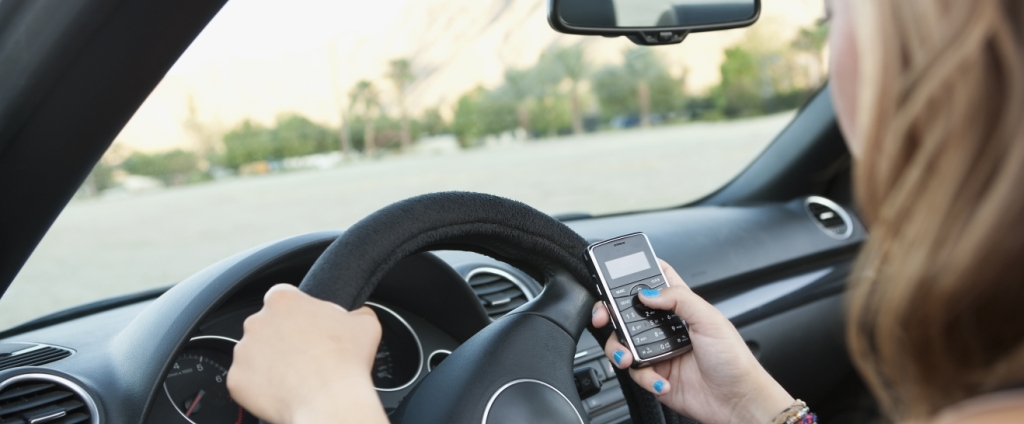Distracted Drivers Do More than Talk and Text According to AAA Survey
A new AAA survey shows drivers who use their cell phones often may also be engaging in other risky behavior behind the wheel.
Just over half of the drivers who use a cell phone also admitted to sending a text or email behind the wheel. 65% say they speed, 44% drive drowsy and 29% do not use their seat belt according to the survey conducted by the AAA Foundation for Traffic Safety.
Jenny Robinson of AAA Mid-Atlantic says more than one in four young drivers admitted checking or updating social media behind the wheel.
Robinson says responding to the phone can become a habit; you hear the phone go off and you want to respond right away. She says it’s better to put your phone on “silent” when you’re driving, so you don’t have that distraction. The other option is to consider an app that will send an automatic response while you are driving.
Robinson says using a cell phone behind the wheel can quadruple your crash risk.
A Pennsylvania law that bans texting while driving took effect last March. Robinson says it does take some time to get awareness of new laws and to increase education about the dangers of this behavior.




